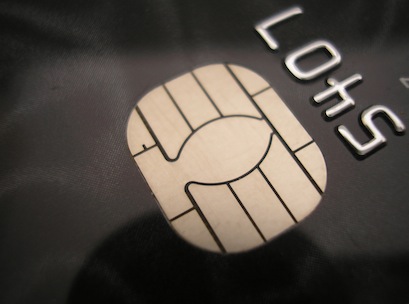 The changeover from signature to PIN has been deemed a success by the industry, with more than 90 per cent of Australians now using PIN at the point of purchase, but the Australian Retailers Association (ARA) has advised merchants they still need to be mindful of PIN exemptions.
The changeover from signature to PIN has been deemed a success by the industry, with more than 90 per cent of Australians now using PIN at the point of purchase, but the Australian Retailers Association (ARA) has advised merchants they still need to be mindful of PIN exemptions.
Russell Zimmerman, executive director of the ARA, said that the messages surrounding the switch to PIN have resonated with merchants.
“We have seen an impressive nationwide embracing of PIN among merchants, retailers, and business owners, which will strengthen the security of Australia’s payment system,” Zimmerman said.
“That said, it’s important for merchants to remember that there are certain credit and debit card exemptions where signing is still the principal form of payment authorisation.”
There are three key exemptions to compulsory PIN authorisation, where cardholders may need to sign and are permitted to do so:
- Australian credit and debit cards without an embedded chip: Australian issued magnetic-stripe (mag-stripe) cards without an embedded-chip will still be able to use signature for authorisation. Many of these cards will be replaced with chip-enabled cards by their issuer in the near future. This includes some American Express and Diners Club cards and certain gift cards.
- Cards issued outside of Australia: Visitors from overseas are not impacted by the changes, so they will use signature or PIN to authorise transactions as they did before.
- Signature-preferred cards: Special limited issue signature-preferred cards are available for Australians with a genuine need to sign. Signature-preferred cards feature a special chip to identify that the card does not require a PIN to complete the transaction, automatically notifying retailers via the POS terminal screen that a signature is permitted.
Contactless transactions up to $100 do not need to be authorised by PIN or signature. The operation of Visa payWave, MasterCard PayPass, and contactless payments from other providers, including American Express, have not changed in light of the move to PIN.
“As the software in POS terminals is progressively upgraded across Australia, there may still be situations where customers are offered the option to sign or PIN. Merchants and customers should follow the prompts on the terminal screen to determine the appropriate authentication method, however, where possible PIN should be promoted as the primary authorisation method, as the number of places where signature is accepted will quickly reduce over the next few weeks,” Zimmerman said.





